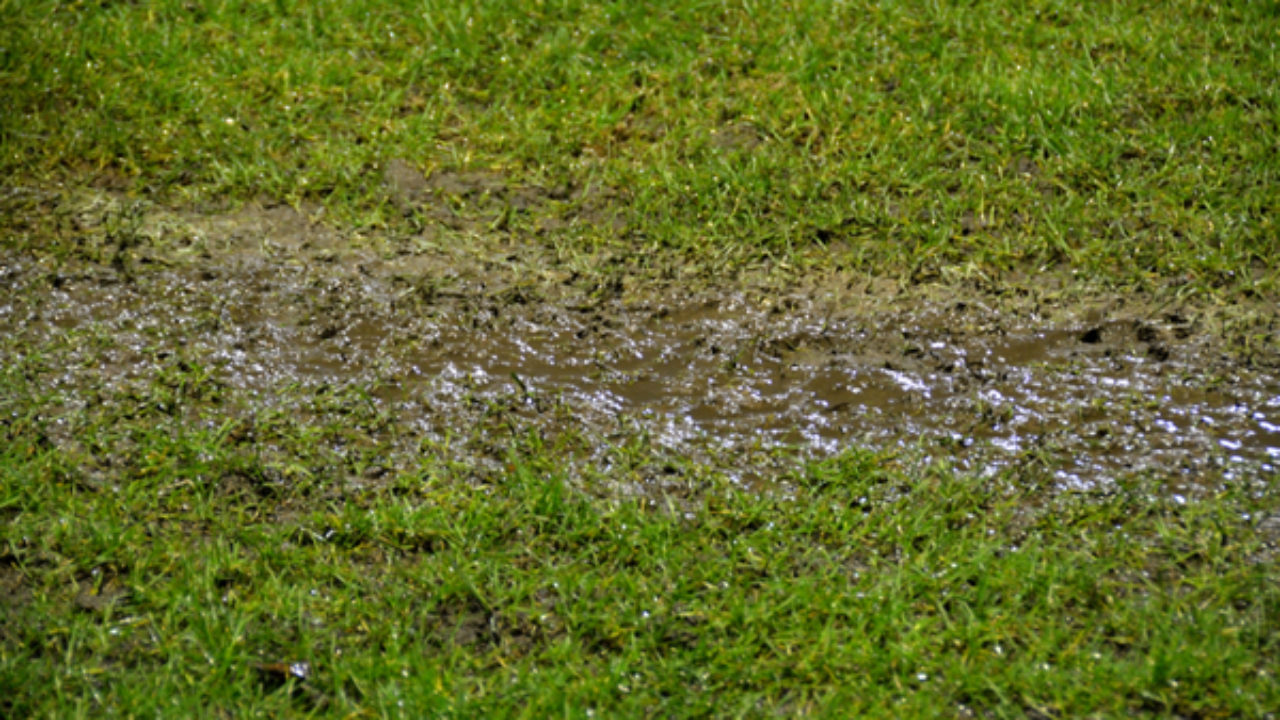Overview To Water Leakage Detection At Home
Overview To Water Leakage Detection At Home
Blog Article
What're your thoughts and feelings on Detecting hidden plumbing leaks?

Early discovery of leaking water lines can minimize a prospective calamity. Some tiny water leakages might not be noticeable.
1. Analyze the Water Meter
Every residence has a water meter. Inspecting it is a proven way that assists you uncover leaks. For starters, switch off all the water sources. Make sure no person will certainly flush, utilize the tap, shower, run the washing device or dish washer. From there, go to the meter and watch if it will certainly transform. Because no person is utilizing it, there ought to be no motions. If it relocates, that suggests a fast-moving leakage. Furthermore, if you spot no changes, wait an hour or more and also check back once again. This implies you may have a sluggish leakage that can also be below ground.
2. Inspect Water Intake
Examine your water costs and also track your water usage. As the one paying it, you must observe if there are any type of discrepancies. If you identify sudden changes, in spite of your intake being the same, it implies that you have leaks in your plumbing system. Remember, your water expense should fall under the exact same range monthly. An unexpected spike in your costs shows a fast-moving leakage.
A steady rise every month, also with the very same routines, shows you have a sluggish leak that's additionally gradually escalating. Call a plumber to thoroughly check your building, especially if you really feel a cozy area on your floor with piping below.
3. Do a Food Coloring Examination
When it concerns water usage, 30% originates from bathrooms. Test to see if they are running correctly. Drop flecks of food color in the container and also wait 10 mins. There's a leakage in between the storage tank and also bowl if the shade in some way infiltrates your dish during that time without flushing.
4. Asses Exterior Lines
Do not forget to inspect your exterior water lines also. Should water leak out of the connection, you have a loose rubber gasket. One small leakage can waste loads of water and surge your water bill.
5. Inspect and Evaluate the Circumstance
Property owners ought to make it a practice to check under the sink counters and also also inside cabinets for any kind of bad odor or mold and mildew development. These two red flags indicate a leakage so prompt interest is required. Doing regular evaluations, even bi-annually, can conserve you from a significant problem.
Examine for stainings and compromising as many pipelines and also devices have a life expectancy. If you believe dripping water lines in your plumbing system, don't wait for it to intensify.
Early discovery of leaking water lines can mitigate a prospective catastrophe. Some tiny water leaks might not be noticeable. Examining it is a proven means that assists you find leaks. One small leakage can lose tons of water and surge your water bill.
If you think dripping water lines in your plumbing system, don't wait for it to intensify.
WARNING SIGNS OF WATER LEAKAGE BEHIND THE WALL
PERSISTENT MUSTY ODORS
As water slowly drips from a leaky pipe inside the wall, flooring and sheetrock stay damp and develop an odor similar to wet cardboard. It generates a musty smell that can help you find hidden leaks.
MOLD IN UNUSUAL AREAS
Mold usually grows in wet areas like kitchens, baths and laundry rooms. If you spot the stuff on walls or baseboards in other rooms of the house, it’s a good indicator of undetected water leaks.
STAINS THAT GROW
When mold thrives around a leaky pipe, it sometimes takes hold on the inside surface of the affected wall. A growing stain on otherwise clean sheetrock is often your sign of a hidden plumbing problem.
PEELING OR BUBBLING WALLPAPER / PAINT
This clue is easy to miss in rooms that don’t get much use. When you see wallpaper separating along seams or paint bubbling or flaking off the wall, blame sheetrock that stays wet because of an undetected leak.
BUCKLED CEILINGS AND STAINED FLOORS
If ceilings or floors in bathrooms, kitchens or laundry areas develop structural problems, don’t rule out constant damp inside the walls. Wet sheetrock can affect adjacent framing, flooring and ceilings.
https://www.servicemasterbyzaba.com/blog/how-to-detect-water-leakage-in-walls/

We had been guided to that editorial about Locating water leaks from a good friend on another web property. Please set aside a second to share this blog posting if you enjoyed it. Thank-you for your time spent reading it.
Report this page